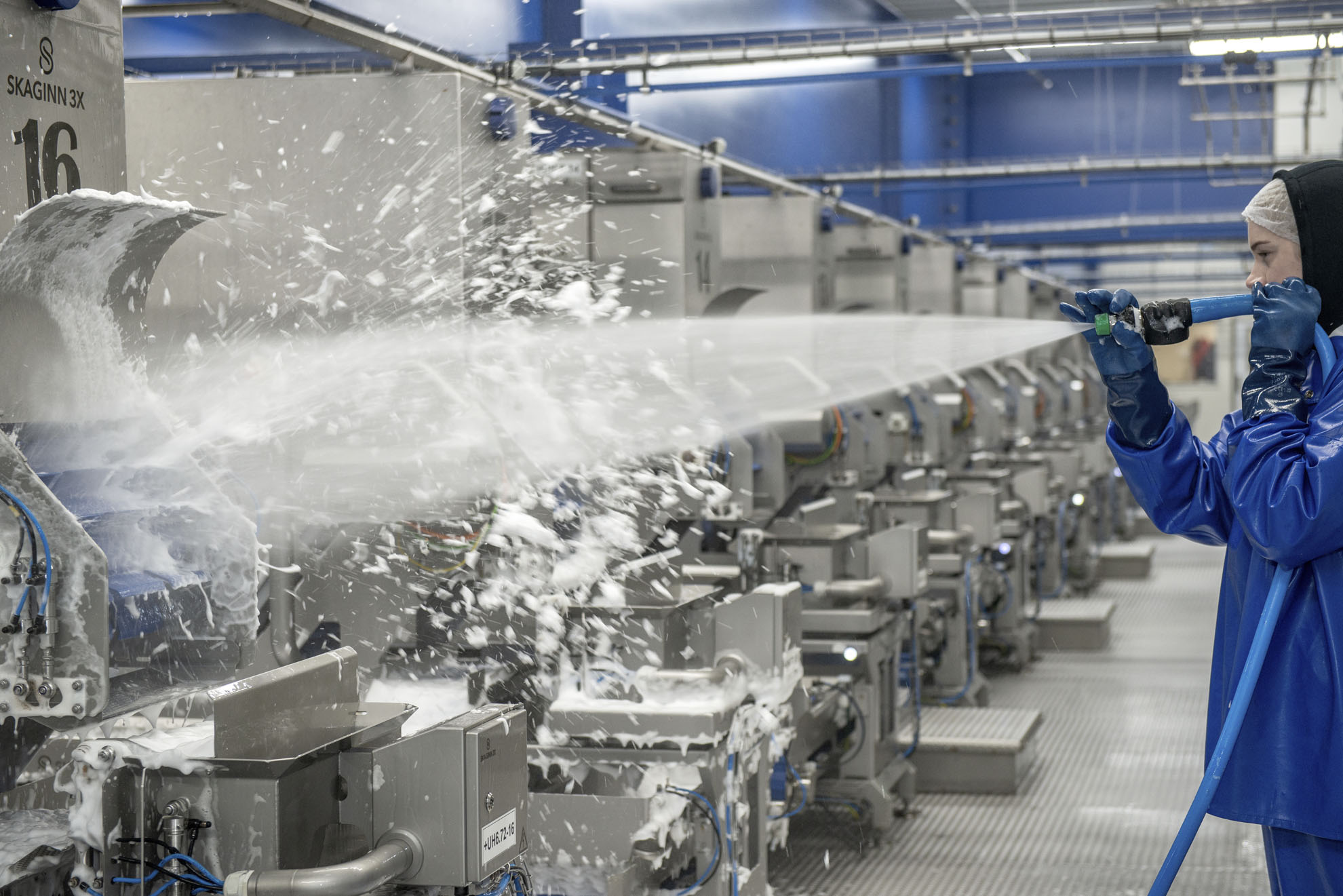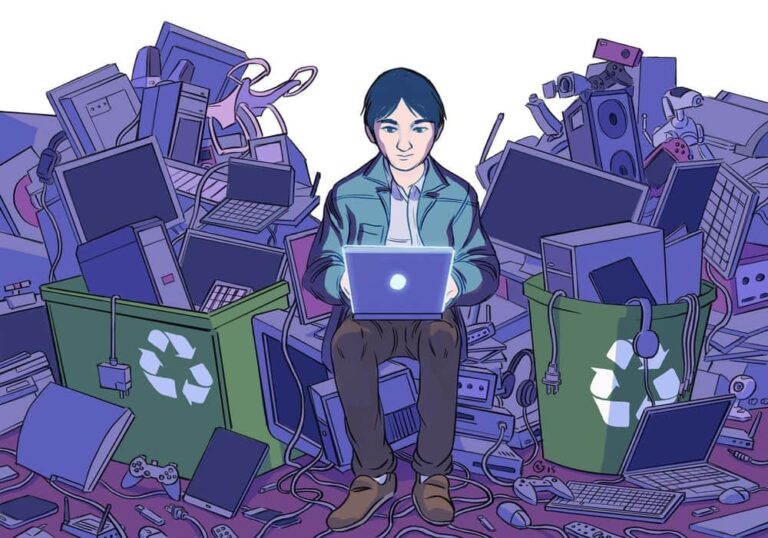Sanitization Essentials: A Guide to General Cleaning for Food and Beverage Manufacturers
Sanitation is crucial in the food and beverage manufacturing industry, not only for ensuring the health and safety of consumers but also for maintaining product quality and consistency. Poor sanitation practices can lead to the growth of harmful bacteria, molds, and yeasts, which can contaminate products and lead to disease outbreaks. Moreover, contamination can also result in spoilage, adversely affecting the taste and shelf-life of products. Hence, a comprehensive understanding and execution of appropriate cleaning and sanitization processes is an indispensable aspect of any food and beverage manufacturing operation.
In this guide, we will discuss the essential components of a successful sanitation program and provide best practices to ensure cleanliness and hygiene in your facility.
Importance of Sanitization
Proper sanitization is crucial for preventing foodborne illnesses and maintaining product quality. According to the Centers for Disease Control and Prevention (CDC), approximately 48 million people in the United States get sick from a foodborne illness each year, resulting in 128,000 hospitalizations and 3,000 deaths. These numbers highlight the importance of implementing effective cleaning and sanitization practices to prevent contamination and protect public health.
In addition to preventing illnesses, proper sanitization also plays a significant role in maintaining product quality. For instance, mold and yeast can grow on food surfaces if not sanitized properly, leading to product spoilage. This can result in significant financial losses for manufacturers and damage their reputation in the market.
Understanding the Difference between Cleaning and Sanitization
Cleaning and sanitization are often used interchangeably, but they are distinct processes with different objectives. Cleaning is the removal of visible dirt, grime, and debris from surfaces using soap or detergent and water. It is an essential first step in the sanitation process, as it removes organic material that can serve as a food source for bacteria and other microorganisms.
On the other hand, sanitization is the process of reducing the number of microorganisms on a surface to safe levels. Unlike cleaning, which focuses on removing physical debris, sanitizing targets invisible pathogens that may be present on surfaces. Sanitizing can be achieved using heat, chemicals, or a combination of both.
Developing an Effective Sanitation Program
To ensure proper sanitation in your food and beverage manufacturing facility, it is essential to develop a comprehensive sanitation program. This program should include the following components:
- Regular cleaning schedules: Establishing a daily, weekly, or monthly cleaning schedule for different areas of your facility is essential to maintain cleanliness and prevent buildup of contaminants.
- Proper cleaning techniques: Make sure your employees are trained on the correct methods for cleaning different surfaces and equipment. This will help maximize the effectiveness of the cleaning process and prevent damage to sensitive equipment.
- Use of appropriate cleaning products: Not all cleaning products are created equal, and it’s crucial to select the right products for your specific needs. For instance, acidic cleaners are suitable for removing mineral deposits, while alkaline cleaners are better at breaking down fats and proteins.
- Sanitization procedures: Develop a detailed plan for sanitizing different areas of your facility, including which surfaces require sanitization and how often it should be done. This will help ensure that all areas are adequately sanitized and that no surfaces are missed.
- Employee training: Proper training of employees is crucial for the success of any sanitation program. Make sure your employees understand the importance of their roles in maintaining a clean environment and how to follow proper cleaning and sanitization procedures.
- Hiring professional cleaning services:In addition to daily cleaning and sanitization, it’s essential to have a professional cleaning service periodically deep clean your facility. Professional cleaners have the expertise and equipment necessary to reach areas that are difficult to clean and ensure a more thorough clean.
Aside from these components, it’s also essential to regularly monitor and evaluate your sanitation program for effectiveness. This can be done through regular swab testing of surfaces and equipment, as well as keeping track of any product recalls or customer complaints related to contamination.
Passivation: An Essential Process in Sanitization
While cleaning and sanitizing are crucial steps in maintaining a clean facility, there is another process that is equally important but often overlooked – passivation. Passivation is the process of removing free iron and other contaminants from the surface of stainless steel equipment. This process creates a protective layer on the surface, making it more resistant to corrosion and easier to clean.
Why is passivation so essential in sanitization? If there are any impurities or free iron on the surface of stainless steel equipment, it can create a breeding ground for bacteria and other microorganisms. These impurities can also lead to pitting corrosion, which creates crevices that are difficult to clean and sanitize properly. By passivating your equipment, you eliminate these potential risks and ensure that your sanitization efforts are more effective.
Safety Measures in Sanitization
While sanitization is crucial for maintaining a clean and hygienic environment, it’s also essential to take safety precautions during the process. This includes using personal protective equipment (PPE) such as gloves, goggles, and masks when handling chemicals or working with high temperatures. It’s also important to make sure all cleaning and sanitizing products are properly labeled and stored to prevent accidents.
In conclusion, proper cleaning and sanitization practices are vital for preventing foodborne illnesses, maintaining product quality, and protecting public health. By understanding the difference between cleaning and sanitization, developing an effective sanitation program, and paying attention to safety measures, you can ensure that your facility maintains a clean and safe environment for both employees and consumers.
So make sure to prioritize sanitation in your food and beverage manufacturing facility to promote a positive reputation and avoid any potential financial losses. Remember, clean is not just a word – it’s a lifestyle! Keep up the good work!






